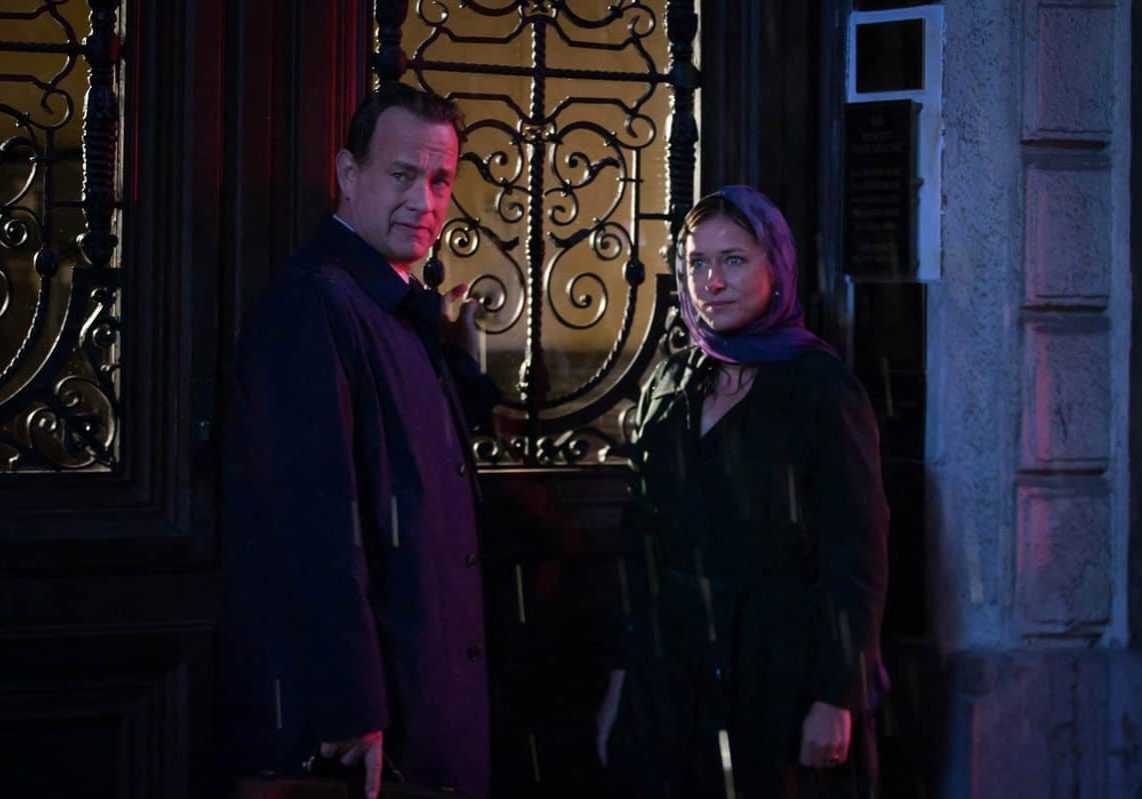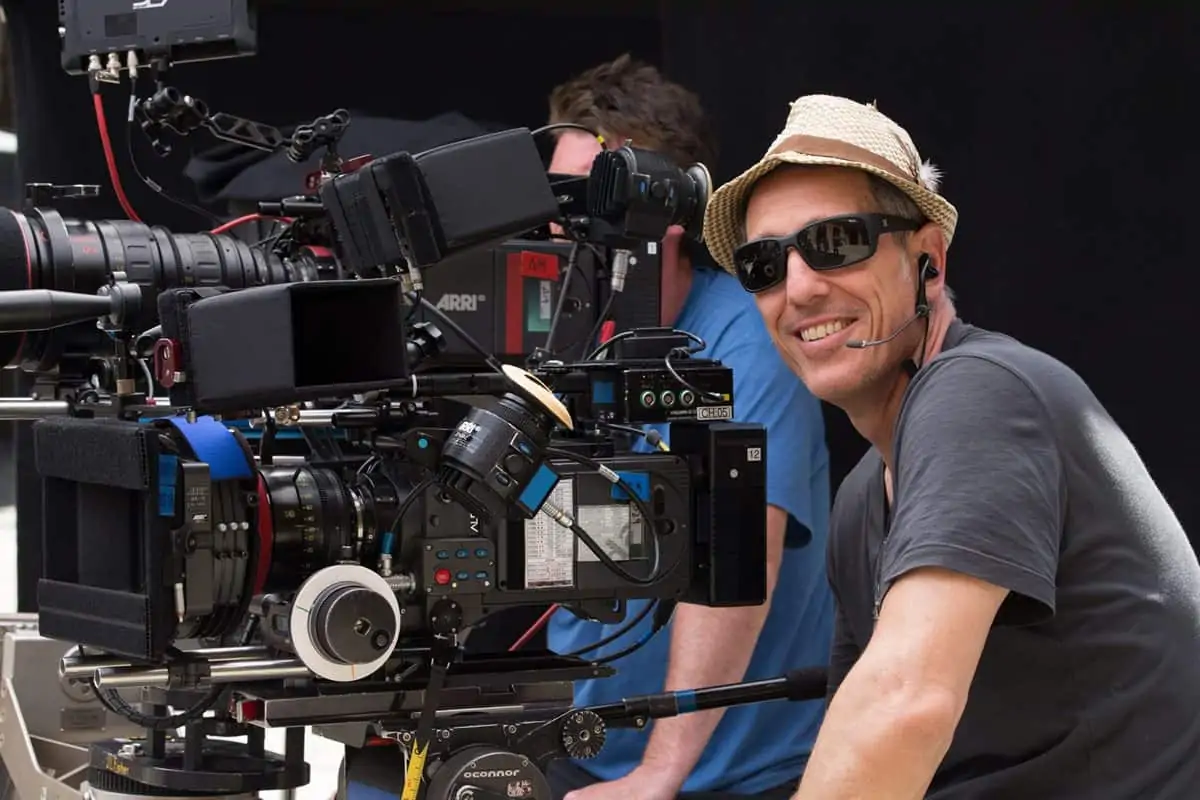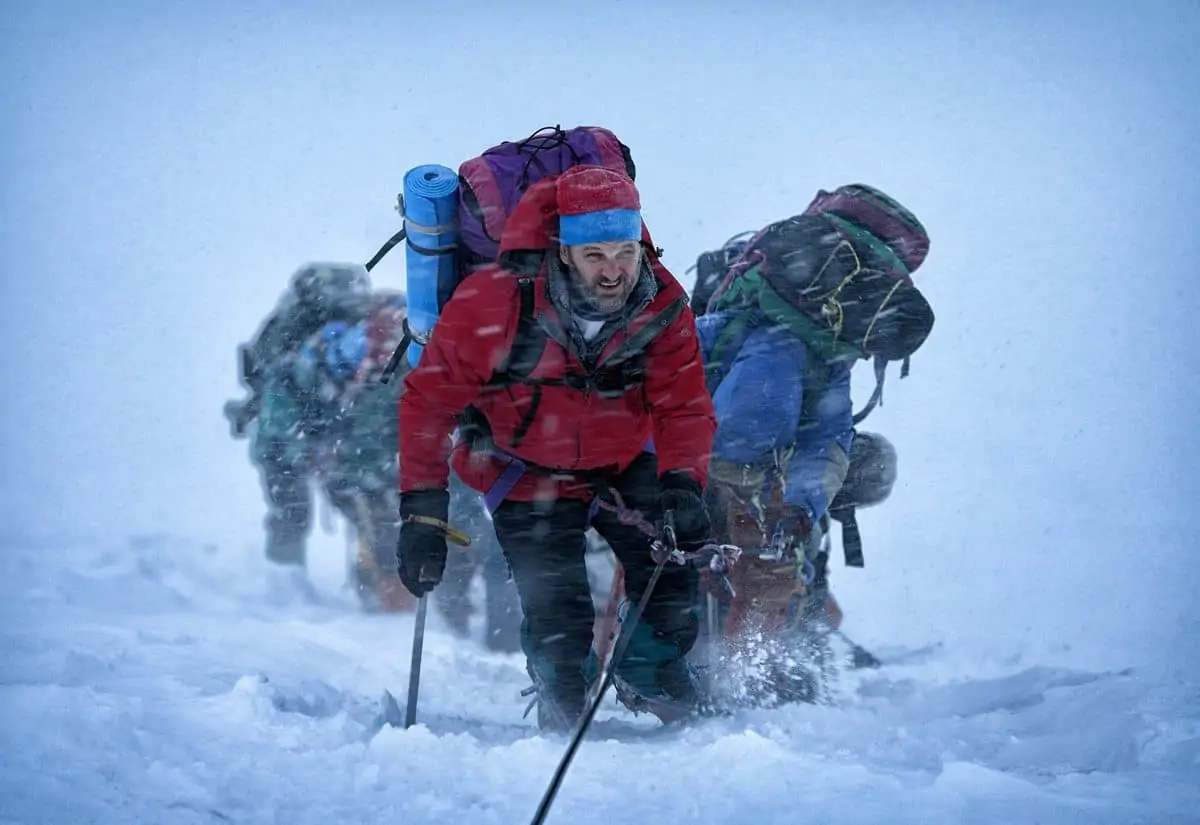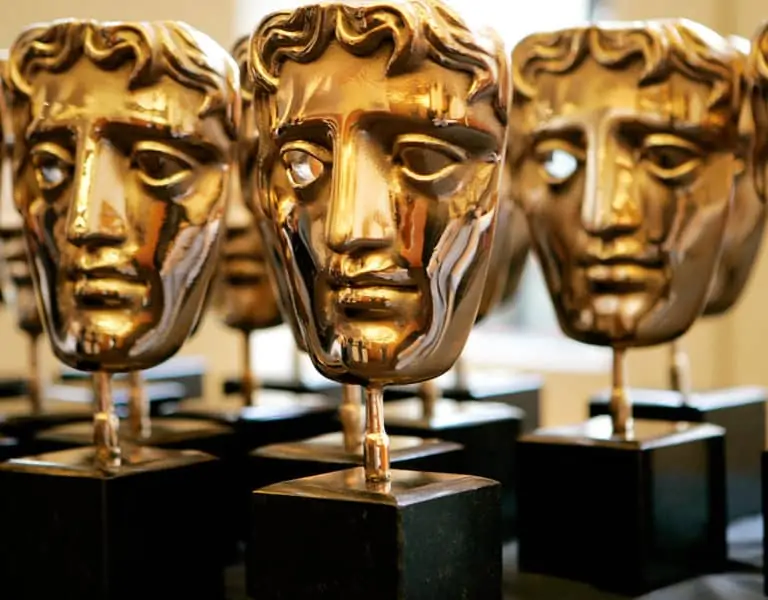Man hunt
Salvatore Totino AIC ASC / Inferno

Man hunt
Salvatore Totino AIC ASC / Inferno
BY: Trevor Hogg
After a seven-year absence, Professor Robert Langdon has to solve another puzzle with deadly global consequences in the production of Inferno, which reunites the trio of actor Tom Hanks, veteran filmmaker Ron Howard and cinematographer Salvatore Totino ASC AIC to bring the Harvard symbologist sleuth to cinematic life for the third time.
“When we came to do Inferno it wasn’t about having a visual connection with The Da Vinci Code (2006) and Angels & Demons (2009),” explains Totino. “The consistency here is Robert Langdon and where he has gone in his life. It was about throwing away the photography, succumbing to the moment and putting Robert Langdon in the real world.”
Principal photography for the Columbia Pictures production was conducted from April 27, 2015 to July 21, 2015 with stage work taking place at Origo Studios and Korda Studios in Hungary. “In Florence, we shot the Palazzo Vecchio, The Boboli Gardens, Vasari Corridor, various street locations, outside of Porta Romana, Pitti Palace and the courtyard there. In Venice, we shot at St. Mark’s Square, the balcony at St. Mark’s, the canals, and on the train between Florence and Venice,” he says.
Previs and storyboards were reserved for the fight sequences. “During the location scouts you come up with a loose idea of your approach and then, as you get closer, Ron does an incredible shot list which is very extensive,” remarks Totino. “What was interesting and challenging was the Cistern in Istanbul. It’s an underground aqueduct that the Romans built in the 8th century and it’s now a tourist attraction. A big part of the story takes place there. We built about a third of it on-stage with bluescreen in the background. There are a bunch of these can lights in the Cistern. We built those, added LED technology into them so I could control the levels and tried to make it look real. In a way you’re copying what’s there.”
On this production, there was not the money for extensive digital augmentation, which led to some creative innovation for the train scene. “Normally you would build two train cars, do a whole greenscreen environment, and go out shoot plates,” explains Totino. “I said, ‘Why don’t we shoot on the train with the available light, have some LED lights for fill, and let it go.’ Ron said, ‘Great. Let’s try it.’ When we took the train from Florence to Venice, Ron had the actors rehearse. We spent the first two days of photography in Venice and on the way back shot the scene for real. We knew exactly where we wanted the cameras. It turned out fantastic and is in the movie.”
Aided by his frequent American collaborators, Totino also utilised the same Italian talent that assisted him on Everest (2015), including gaffer Felice Guzzi, key grip Paolo Frasson, and camera operator Daniele Massaccesi with additional support provided by a Hungarian crew.

“I always use two cameras and there were three or four of them for action sequences,” states Totino. All of the equipment came out of ARRI Budapest. “We shot with ARRI Alexa XT and Cooke S4 lenses. ARRI XT cameras have built-in Codex and we shot 3.2K ARRIRAW. It’s the closest thing I’ve seen digitally to film. I like it a lot. For lighting, we used a bunch of 18K ARRIMAXs, SkyPanels and some Sumolights. We did use a 100-ft Technocrane a couple of times that came out of Germany. The guy who operates the bucket has to be in a scissor lift because it’s so high off the ground.”
“The colour palette of Inferno is environmental,” reveals Totino. “When we’re in the streets of Florence at night, the lights are a yellowy sodium vapour. I’m not going to change all of them, and make it look nice and clean. That’s what Florence looks like.”
The DI process which took place in New York was not elaborate. “It was more about fine-tuning and matching from scene-to-scene. I worked with Gregory Fisher of Company 3 on the film. The first time I worked with him was on Everest. Gregory is an artist who knows the technology, uses it to his advantage and adds his artist abilities. It’s a nice flowing relationship.”
Running shoes are required in order to collaborate with Ron Howard. “I love working with Ron,” remarks Totino. “Every day is like the first day he has been on-set. Ron is so excited, focussed and prepared. You do a lot of work in a short amount of time. It is not uncommon to do anything from 35 to 45 set-ups in a 10-hour day.”

Totino is also a big fan of the leading man who has to prevent a biological agent from wiping out half of the world’s population. “What’s so great about working with Tom Hanks is that he loves what he does and is so flexible,” Totino says. Hanks performs alongside Felicity Jones, Ben Foster, Irrfan Khan, Sidse Babett Knudsen and Omar Sy. “The cast is unbelievable. Everybody worked hard, were focussed and there were no Hollywood elitist attitudes.”
The biggest challenge was the financial reality. “It was not the budget that we were used to making the other two movies and the studio was expecting another big film,” notes Totino. “It was like, ‘How can we do this film and make it feel just as big?’ A lot of that was using real locations and not building a lot.”
The subject matter of Inferno is timely. “Because people move around so much now it’s easy to transport infectious diseases across the globe within days. Then you take what’s happening with the terror in the world, and go, ‘Holy shit! This can be real’,” he says.
Currently, the Brooklyn-born cinematographer has entered the Marvel Cinematic Universe as he is lensing Spider-Man: Homecoming. “Everybody seems happy with the dailies at the moment so I guess it’s going well!”



